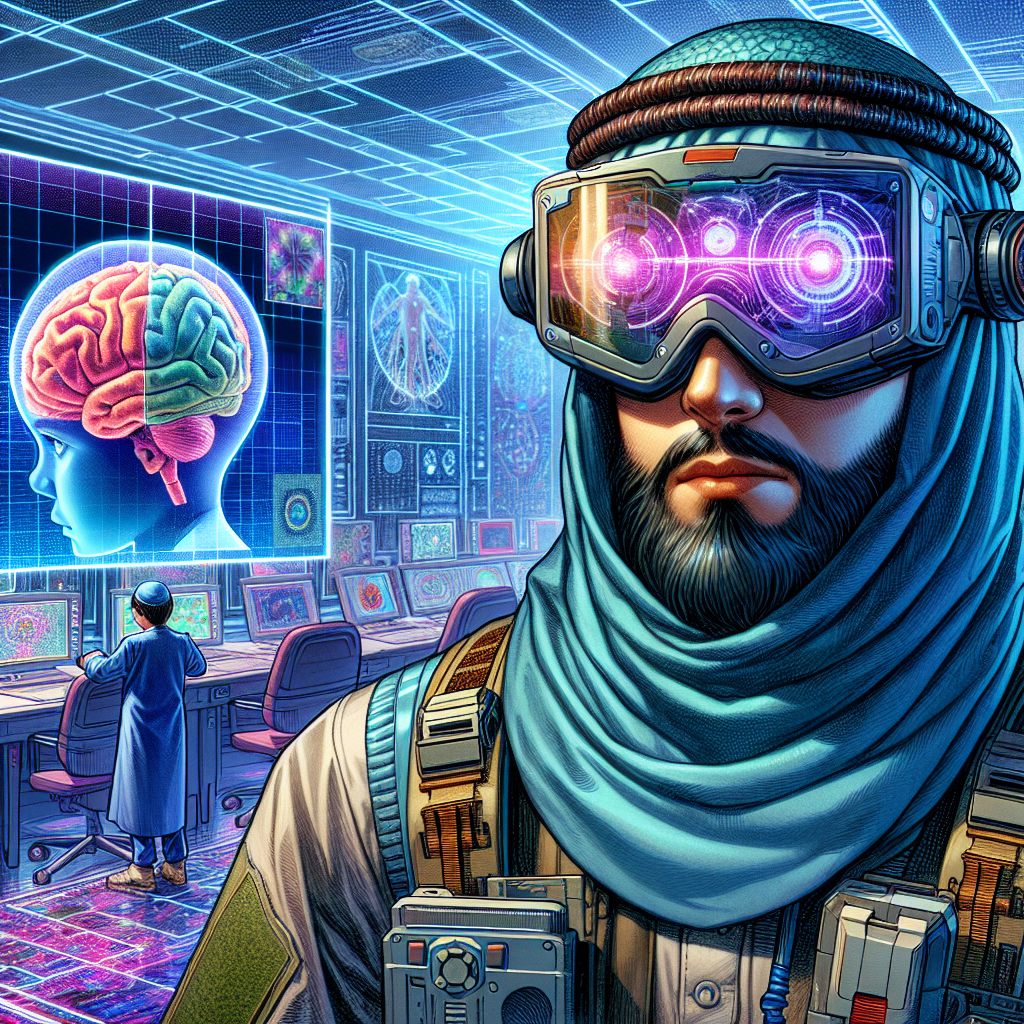“Brains of Little Geniuses: An AI-led Study Deciphers Neurological Puzzles of Sex and Gender in Children”

“Brain imaging study uses AI to reveal neural patterns for sex and gender in children”
“Using AI brain imaging, a recent study aimed at providing in-depth analysis into whether perceptual sex and gender can be detected in the brain activity of children.” This snippet grabbed from Daily AI highlights an impressive feat; researchers utilizing AI in untangling the intricate web of neural patterns determining sex and gender in kids. As potentially groundbreaking as it sounds, it also launches us into a whole new realm of ethical and social queries, which, for now, we’ll park in the ‘topics-for-another-day’ lot.
Instead, let’s take a leisurely stroll, shall we, through the actual chronicles of the study. The research team, in a move that undoubtedly left AI connoisseurs pleasantly surprised, repurposed a convolutional neural network, widely respected for its image-recognition prowess, to examine fMRI scans. The end goal? To discern children’s sex and predict their gender identity simply by peeking into their vibrant mind maps. Quite invasive, yet fascinating, isn’t it?
By feeding the AI model a generous serving of brain scans, they managed to achieve an accuracy rate of 68% in identifying a participant’s sex and 73% for determining their gender identity – depending on how you look at it, those results could either be a glass almost three-quarters full or a little above halfway empty. On an interesting side note, the model even threw up some unsolicited feedback, suggesting that the brain’s parietal cortex was the key informant in these recognitions, a fact otherwise unknown to our inquisitive researchers.
Despite this, our rather adventurous scientific community wasn’t entirely content with these findings. Some pointed out the perilous waters we’d be wading into if such technology were misused or mishandled – slip-ups that, let’s face it, humans are rather infamous for – particularly concerning matters as sensitive as sex and gender. Others emphasized the pitfalls of drawing conclusions from an AI-driven model which operates fundamentally on correlation rather than causation. An important clarification, perhaps, but aren’t we all just tired of hearing it?
So, to recap, we have at our disposal an AI model that claims to delve into children’s brains and accurately identify their sex and gender. Intriguing progress that surely warrants further investigation and raises a whole lot of challenging questions. But aren’t those the features of any great scientific advancement? In an ever-evolving tech landscape, one thing’s for sure: the intersection of AI and neuroscience is certainly a space to watch.
